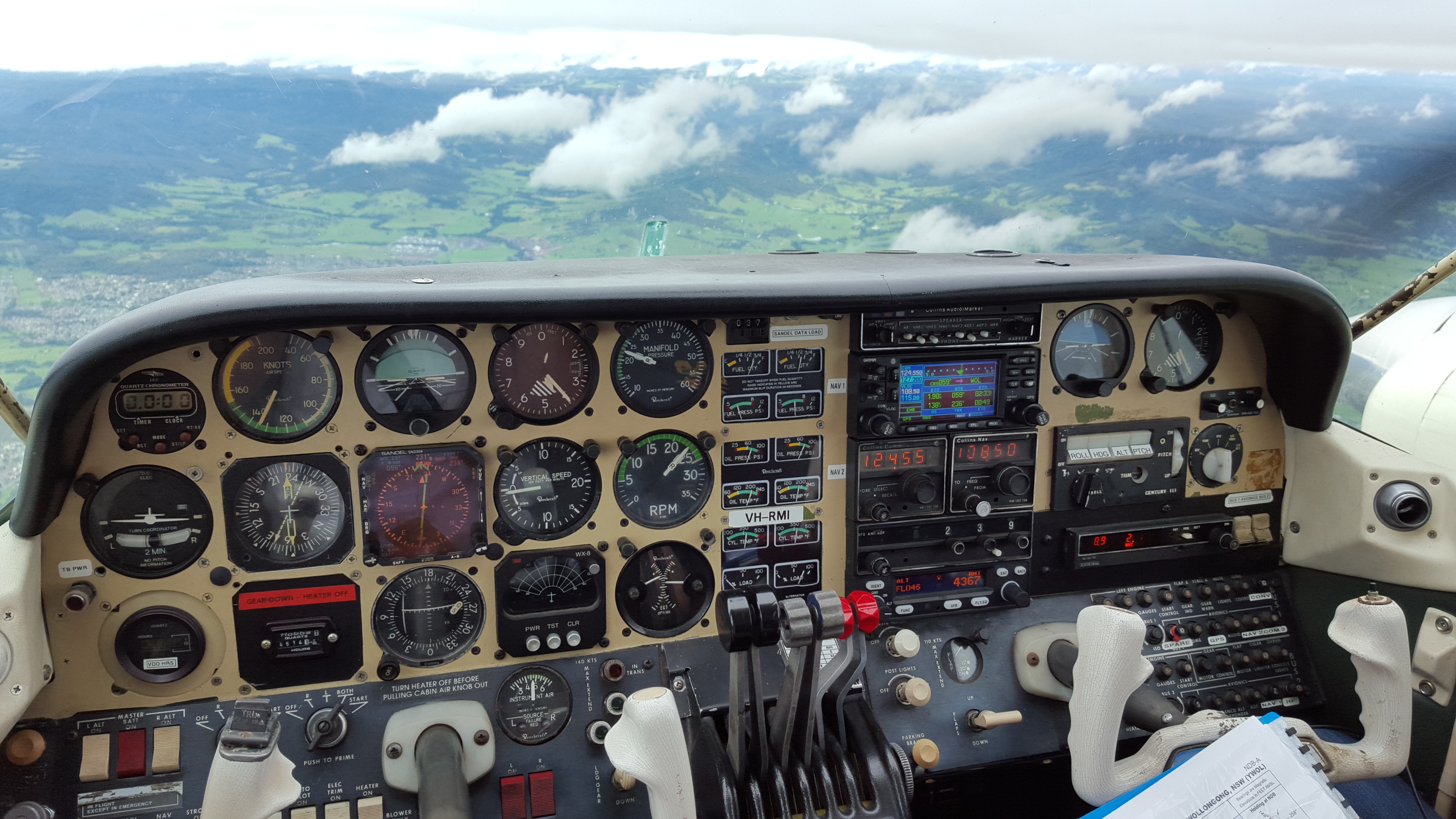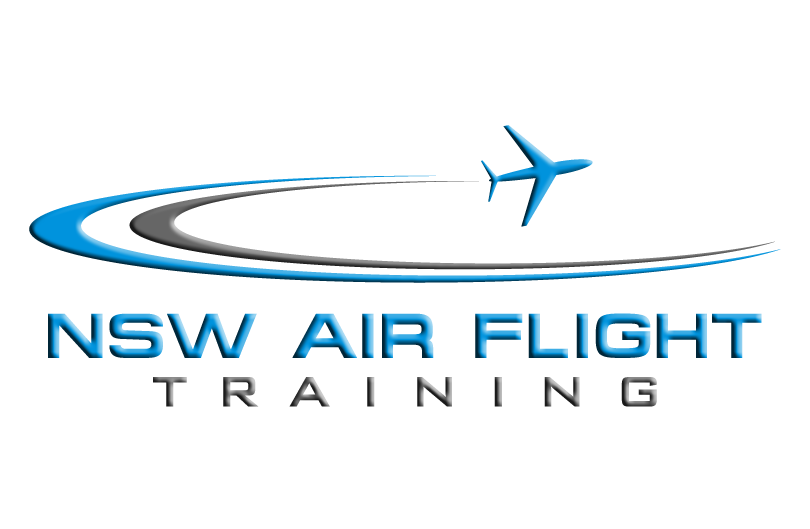Multi-Engine Aeroplane Instrument Rating (MEAIR)
Multi-Engine Aeroplane Instrument Rating (MEAIR)
The Aeroplane Instrument Rating (single or multi) is a professional qualification. You must obtain this rating if you wish to fly in Instrument Meteorological Conditions IMC for a living.
You will cover tracking and holding patterns on the Non Directional Beacon (NDB) and VHF Omni Range (VOR) as well as Approaches on NDB and VOR and the Instrument Landing System (ILS) and Localiser (LLZ). In addition, training in GPS (RNAV) approaches is covered. Part of the training for an Instrument Rating is conducted in the simulator but most if it is in the aircraft.
You will need to hold at least a Private Pilot Licence or greater to undertake a IR course and by the time you are ready for the flight test you will have at least:

50 hours cross-country flight time as pilot in command, 40 hours instrument time, not less than 20 of which are cross country 10 hours dual instrument flight time 10 hours night flight time of which at least 5 are as pilot in command.
In addition to the above flying hours, you must also pass the Instrument Rating theory Exam (IREX).
Training can be conducted in either our CESSNA 182 (single engine IR) or Beechcraft Duchess BE76 (multi-engine IR)
Approximate Cost for the ME Aeroplane Instrument Rating is as follows:
Based on CASA minimum requirements i.e. 40 hrs Instrument Time:
24 hrs on BE76 Duchess
20 hrs on PFC CAT III Synthetic Trainer
1 hour solo night BE76
Flight Test 2.5 hrs
PLUS – Flight Test Fee for ATO = Price on Application
*Prices are subject to change. This is estimate on the minimum hours as per CASA licence requirements. This price can vary depending on each student’s individual needs.
*Casa requirement is 40 hours Total Instrument Rules.
*Actual hours on aircraft will be more as Taxing and Landing do not account for Instrument Time.
Instrument Rating at Shellharbour
Shellharbour Airport is within 30 miles of an ILS (NOWRA) which is a great location as it gives Student exposure to Class C airspace and operations within a Military Control Zone.
Very rarely do you experience delays or unnecessary holding whilst operating into Nowra. Remember delays = fuel = added expense. Wollongong has its own NDB (Non Directional Beacon) approach, DGA (DME GPS Arrivals) and two GNSS (RNAV) approaches.As the airport is a Non Controlled aerodrome, this gives students plenty of exposure to CTAF procedures in IMC and the majority of airports in Australia served by instrument approaches are Non Controlled.
NSW Air Flight Training
Address: Hanger 4/32, Airport Rd Phone: (02) 42561001
Albion Park Rail 2527 Email: enquiry@nswair.com.au
Business Hours: 8am-5pm 7 days a week
